Smart TVs: Everything you need to know
A smart TV makes it easy to stream movies and shows, and newer models offer voice control and smart home integration
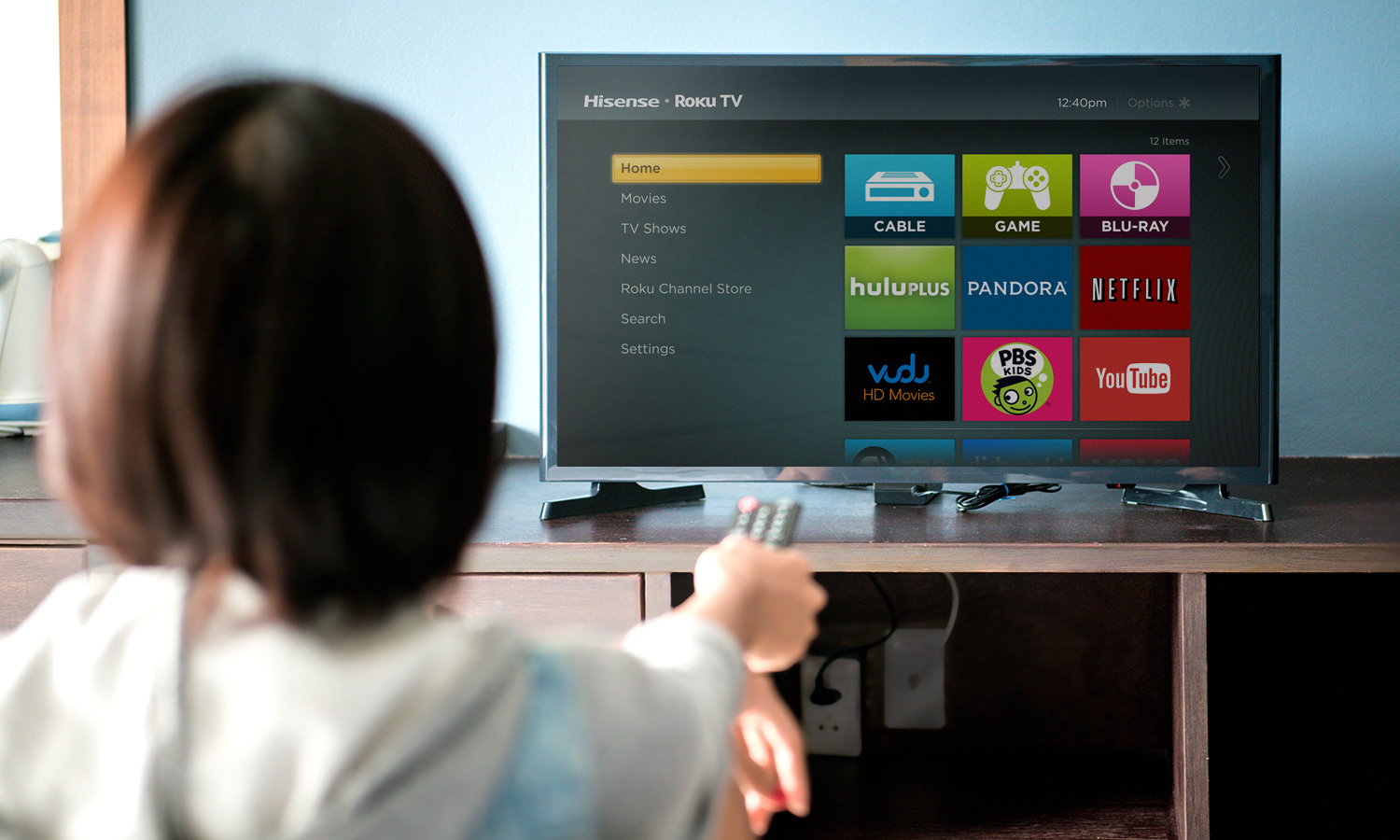
Smart TVs have been around for years, but these days they're a lot smarter than could have seemed possible when they first appeared.
As streaming services have changed the way we watch movies and shows, TVs have changed as well, adding features such as streaming services and voice control. But while most TVs today can be called smart TVs, they're not all the same. Not only will smart TVs run different smart platforms if they're made by different manufacturers, but some of those smart platforms run faster, experience fewer bugs and have access to more streaming services than others.
So, can a smart TV really be better than the best streaming device? What about privacy concerns? And which is smartest? The specifics will also vary from one brand or model to the next, which is why we've put together this handy guide.
Read on and we'll answer all your most frequently asked questions about smart TVs.
- The best TVs we've reviewed
- TV shopping questions answered: Our TV buying guide
- The best smart TVs for streaming
1. What is a smart TV?
The old "dumb TVs" — which can only display content from an HDTV antenna, cable or another A/V source — are pretty much extinct. Today's connected world expects something a little smarter. With powerful processors, internet connectivity and easy-to-navigate software, the modern TV is more like a smartphone or tablet than the tube TV of yesteryear.
Smart TVs, much like smartphones and smart home devices, offer internet connectivity and support for a range of apps. This opens up a world of new entertainment options, from streaming video on Netflix and Hulu to playing games, checking social media, and controlling a whole house full of connected gadgets, including the best Alexa compatible devices and best Google Home compatible devices.
A growing number of models now include voice recognition tools, like Amazon Alexa and Google Assistant, for switching channels and searching for programs. Most smart TVs will work with one of the best smart speakers you already own, and plenty will offer some or all of that same functionality built right into the TV.
Get instant access to breaking news, the hottest reviews, great deals and helpful tips.
Smart TVs are also gaining more integrated smart home features and some are even among the best smart home devices. Many TVs are compatible with other connected devices in the home, including best smart lights, best smart locks and other sensors, and some TVs even include a dedicated dashboard for controlling all of the devices in your connected home.
The functions don't stop there, however. Check out 11 things you didn't know your smart TV could do to find some unexpected uses for your smart TV.
Here are some that are on sale now:
2. Which companies make smart TVs?
Every major TV manufacturer has shifted away from dumb TVs, with the trend toward making every set "smart." A partial list of the biggest smart TV makers includes Hisense, LG, Panasonic, Philips, Samsung, Sharp, Sony, TCL, Toshiba and Vizio. (Check out the best TV brands to see some of our favorites from all of the major TV makers.)
While most of these companies tout their smart platforms as the latest and greatest, watch out for budget-priced TVs that only vaguely mention smart TV capability. These off-brand smart TV platforms may leave you stuck with limited app selection, sub-par performance and worrisome security holes.
3. How do smart TVs connect to the internet?
A smart TV uses your home network to provide streaming video and services on your TV, and will use either wired Ethernet or built-in Wi-Fi to stay connected. Most current TVs support 802.11ac Wi-Fi, but watch for older models, which may still use the older 802.11n standard. Some of the latest models will also support the new Wi-Fi 6 standard (see our article about Wi-Fi 6: What it is and why it's better), but it's still pretty rare.
We have a guide to optimizing your home Wi-Fi for streaming, whether it's adjusting your router placement, tweaking settings or just opting for a wired connection.
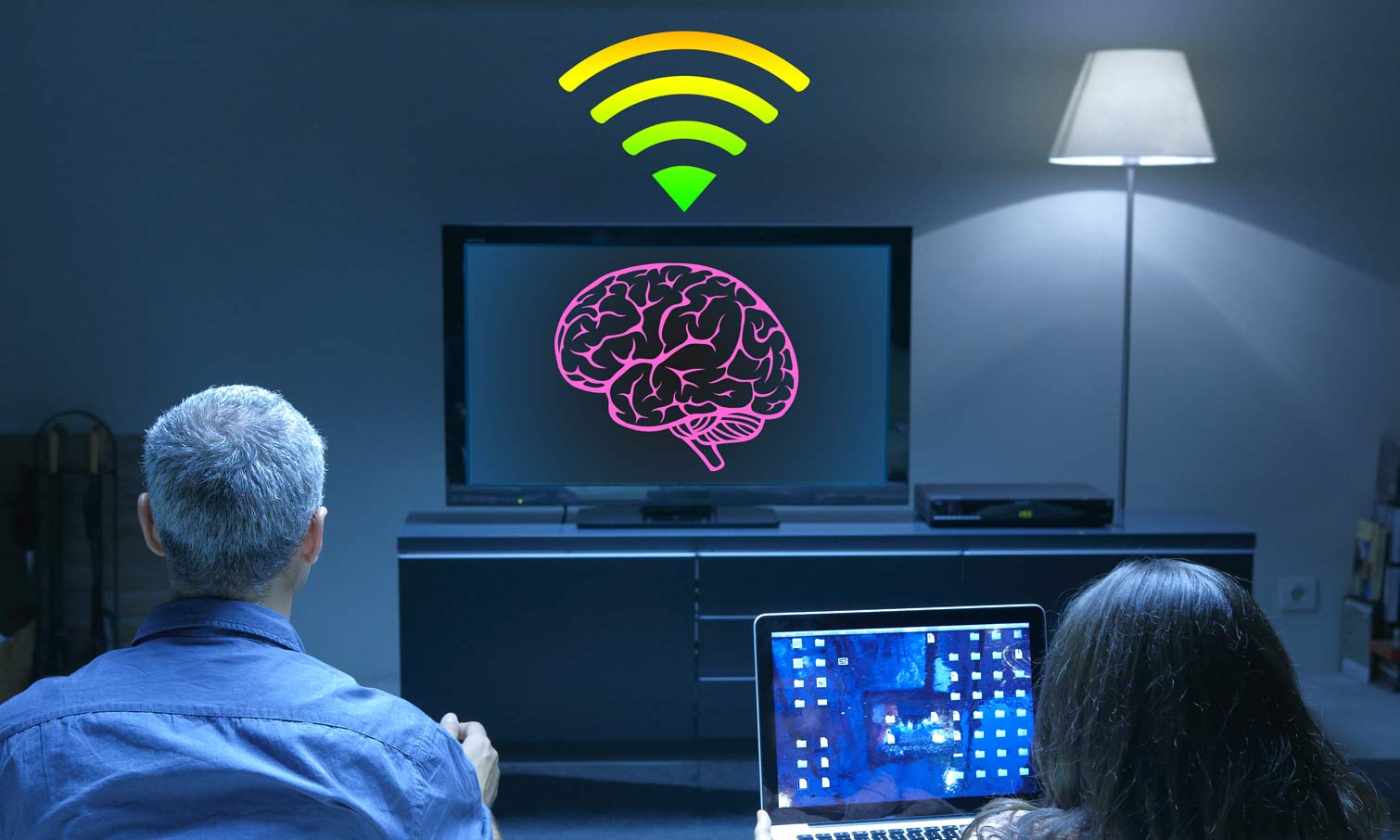
If your smart TV isn't getting a strong enough wireless signal, there are a few ways to remedy the problem. If you're due for an upgrade, any model on our best Wi-Fi routers list will do the trick, even the budget-friendly models.
Mesh routers that extend coverage throughout a home provide another option, and are a great choice for homes where there are multiple TVs, and not all of them near your main router. The Nest WiFi and Netgear Orbi WiFi 6 are two such models that, in our tests, have proved to be excellent solutions for people trying to cover a large home with Wi-Fi.
Wi-Fi range extenders are also available from companies such as Netgear, but these devices require some time and patience to set up and install.
4. What services do smart TVs offer, and how do they differ from one another?
Regardless of which TV brand you choose, today's smart TVs will offer a variety of streaming services and content choices, including services like Netflix, Amazon Prime Video, Disney Plus or HBO Max. But it's not all paid subscription services, with a growing number of ad supported free streaming services like PlutoTV, Tubi and Crackle.
Check out our guides to the best streaming content available:
- The 63 best shows on Netflix
- Our picks for the best Netflix movies
- The best Amazon movies and shows
- The best Hulu movies and shows
Popular video sharing sites, like YouTube, also have their own smart TV apps for easy browsing that's tailored to viewing on a TV and navigating with a remote control. Smart TVs also offer a great way to enjoy streaming music, with internet radio services like Spotify and Pandora.
Most smart TVs have apps for social media, like Twitter and Facebook, but without adding a keyboard it may be harder to enjoy these sites the way you are used to.
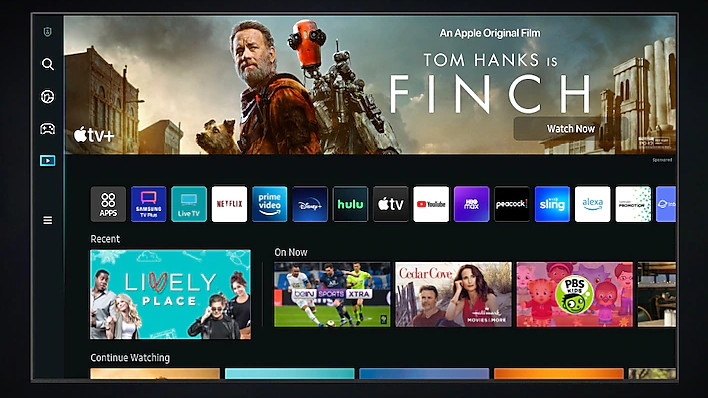
The biggest trends in smart TVs is the inclusion of voice assistants, like Amazon Alexa and Google Assistant. These interactive tools provide the same functionality as most smart speakers, and can be used with either a microphone built into the remote or (in some cases) microphones built into the TV that listen to the room.
Finally, the smart TV has become a central hub in our connected homes, providing compatibility and control for a household full of connected devices, ranging from smart doorbells to smart thermostats. With many TVs offering smart home controlled dashboards, you can control a huge variety of devices from the comfort of your couch.
But not all smart TVs are created equal, and not every smart TV platform or operating system will support the same apps and features. Some manufacturers rely on proprietary operating systems for their smart TVs, such as Samsung's Tizen smart TV software and Vizio's SmartCast. Others use third-party software, such as Roku TV or Amazon Fire TV, which are popular on budget friendly sets, as well as Google's Android TV which appears on sets from Sony, Hisense and other manufacturers. Certain sets offer Apple TV built-in, too.
MORE: How to AirPlay to a Samsung TV
These operating systems will all offer some or even most of the features mentioned above, but each will have their own selection of apps, features and compatibility with other devices.
Each smart TV operating system will also have a different user interface, and these can vary widely. Many use a scrolling ribbon of app icons along the bottom of the screen, while others offer a full screen menu that lets you see several options at once. Navigating these menus will also vary by brand as each TV manufacturer uses its own unique remote control design.
For specifics on the apps, services and distinct features of each smart TV platform, check out our latest reviews of the best TVs.
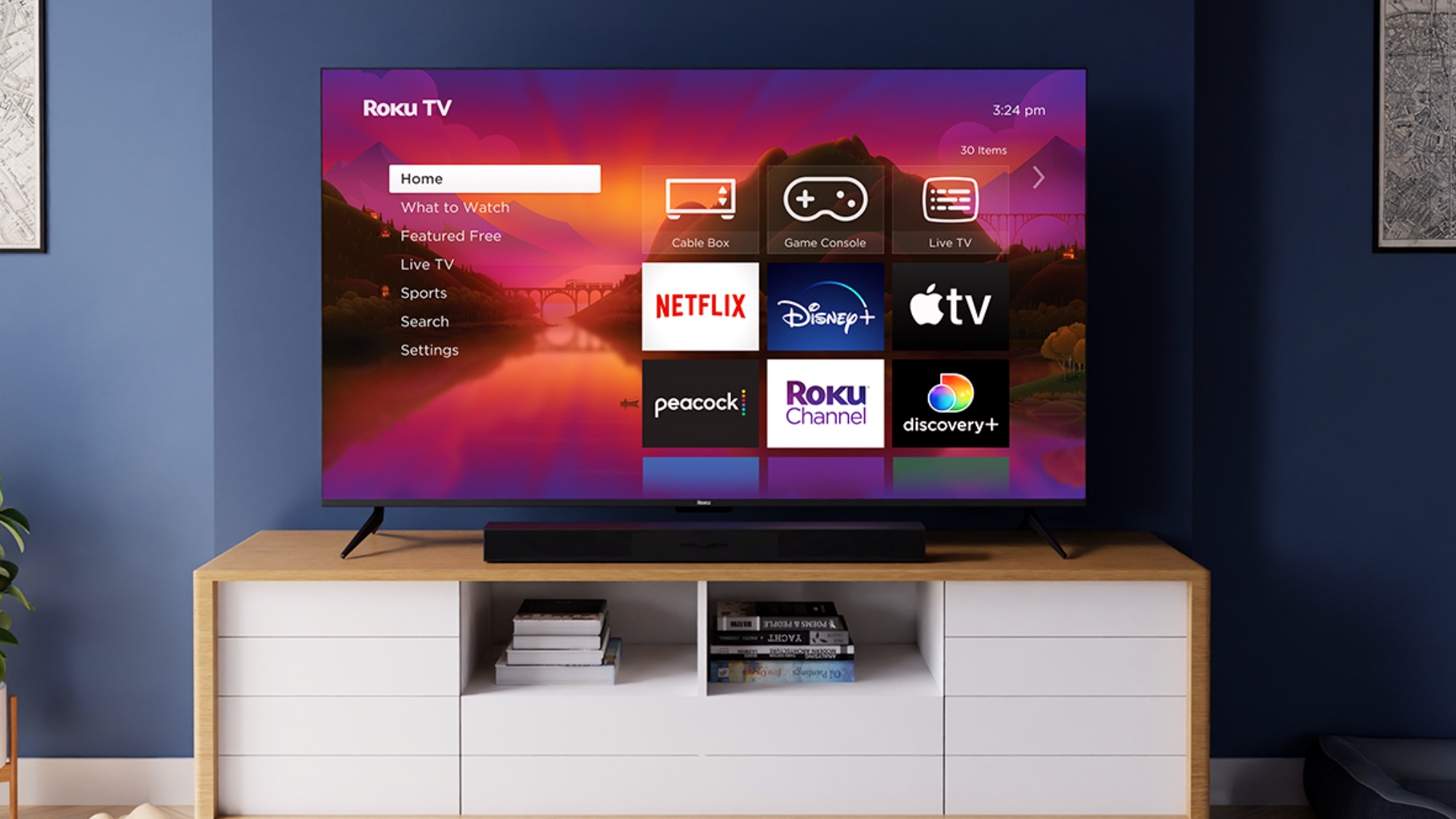
The upshot: Spend a little time at the store flipping through the set's smart offerings to make sure you and your family will be comfortable with that model, and read our detailed comparison of the major smart TV platforms to help you make a decision.
5. Will my smart TV maker regularly update the software with new features?
The general answer is yes. All of the major TV manufacturers routinely put out updates for their smart TV software, adding new features, refining old ones and patching bugs and security issues, just like any other operating system. Some of these updates add entirely new features, such as expanded support for high dynamic range (HDR) formats like Dolby Vision, or merely making refinements to the TV's internal firmware (often downloaded automatically late at night).
But it also depends on some other factors. Smaller TV brands and older models may not be as quick to push out updates as larger companies, like LG, Samsung and Sony. TCL does quite well in its partnership with Roku, but many other value-priced brands will be slower to issue updates or add new apps. Nevertheless, most major manufacturers perform software updates periodically.
- Best streaming services - Netflix, Hulu, Amazon and More
And don't worry about getting left behind; if one company adds a popular service, such as Netflix, the rest of the manufacturers generally follow suit. Even when there is a delay, it usually works itself out.
6. Can a smart TV crash or hang like a PC?
The simple answer is yes. As smart TVs take on more of the roles once exclusive to computers and smartphones, there is a risk of hanging or even crashing. Just as phones have become computers, so, too, have smart TVs. We now expect our TVs to pull in content from the web, run sophisticated apps, manage other connected devices and even include voice interaction. Despite this, smart TV problems often catch us off guard because we aren't used to thinking of them as anything other than basic displays.
The good news is that, while crashes and laggy performance have been a problem in years past, these sorts of hiccups are much less common now. That said, problems may still occur, especially in low-end smart TVs that may not have the latest hardware and polished software. If you do run into a frozen screen or hanging process, powering the TV off and on will usually resolve the problem.
7. Aside from apps, do smart TVs have other benefits?
Smart TVs do offer other potential advantages. The newest sets have added popular voice assistants to the mix. Voice search now lets you find content from live TV as well as streaming services, and adds search for everything from weather and stock prices to looking up the latest celebrity gossip. The voice integration lets you access other services from your couch, letting you order a pizza or summon an Uber in comfort. And if you don't like the TV's built-in voice assistant, you can usually pair it with the smart speaker of your choice.
These new features also let you control smart home devices like connected lights and thermostats, view feeds from your Nest camera or Ring doorbell, or control your robot vacuum. As voice assistants continue to evolve, you can expect to see the same improvements come to current smart TVs via software and firmware updates.
Because these TVs tend to have beefier processors than regular sets, as well as online connections, manufacturers can add other features, such as casual games, which are now quite common on smart sets. The games are nowhere near as sophisticated or as compelling as those available on a PlayStation or Xbox console, but they can be a bit of fun all the same.
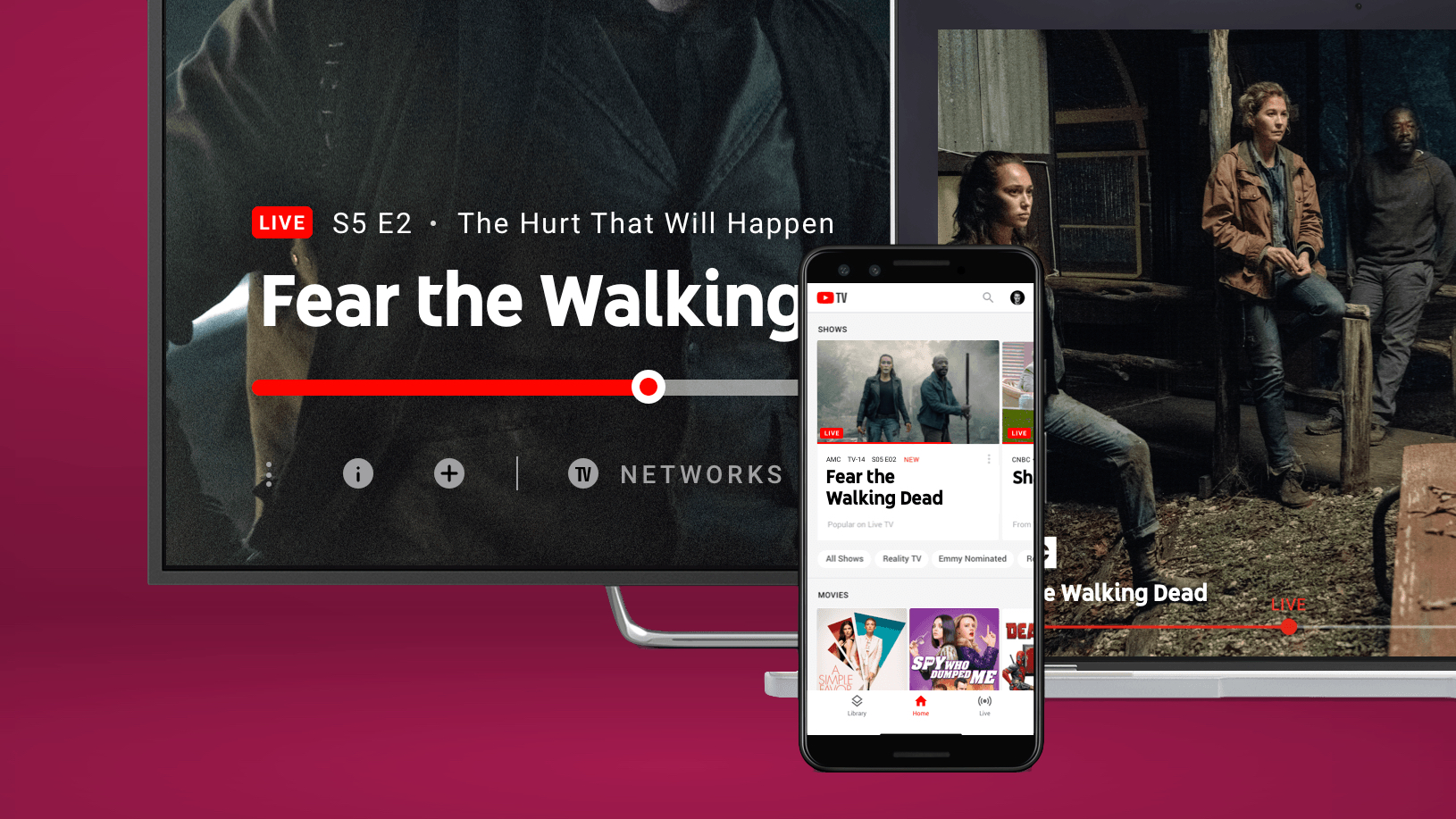
Many sets also let you mirror or share pictures and video from a connected smartphone on their big screens. Most manufacturers rely on proprietary apps to offer a more curated experience when sharing media, while others rely on third-party solutions like Google Chromecast. In either case, sharing the videos and photos from your phone or tablet has never been easier.
A new trend in smart TVs is vastly improved built-in sound systems. LG and Sony are making particular advances in this area, offering Dolby Atmos sound on several models and hoping that the smart TV will also do duty as the home stereo system to stream music and online radio stations.
8. Can I use my smart TV with Amazon Alexa or Google Home?
The biggest trend in smart home technology is the smart speaker, a speaker with built-in microphone and hardware to run a voice-enabled assistant. Amazon made the first big splash here with the Amazon Echo and other Alexa-enabled devices, but Google's own Google Assistant has made strides in products like the Google Nest Mini and Google Nest Audio. And Apple's HomePod puts Siri into a similar form factor.
The great news is that these devices will usually work with most smart TVs, and compatibility is improving all the time as new software updates add capability to existing smart TVs. As it stands, all of the major TV manufacturers have smart speaker compatibility with at least one of the three main smart assistant platforms (Amazon, Apple and Google). These options often require using an additional device, such as a smart speaker or mobile device, but it will give you a way to control your TV and smart devices with the convenience of simple speech.
Many of the smart TVs on the market now have these voice assistants built in. Google Assistant can be found in Android TVs from Sony and Hisense. Amazon Alexa is now offered Amazon Fire Edition TVs as well, and Sony has announced compatibility with a new Amazon Alexa app for Android TV. Even better, smart TVs from LG and Samsung now have both Google Assistant and Amazon Alexa built in.
These models generally offer remote controls that feature built in microphones, letting you press a button to activate voice interaction. But some new models, like the Sony Bravia A8H OLED TV, also have far-field microphones built in. When enabled, they let you simply speak to the room, and the TV will listen for your commands (but you can switch it off too if you prefer).
9. How does a smart TV compare to set-top boxes such as Roku, Apple TV, Google Chromecast or Amazon Fire TV?
You do not need a smart TV to get streaming Netflix movies or YouTube videos on your screen. The best streaming devices can stream those services and more to an older HDTV, or even a newer 4K TV. The leading models are from Amazon, Apple, Google and Roku. But, it's worth noting that these streaming devices rarely offer more functionality than current smart TVs will provide. In fact, all of the device manufacturers we just mentioned have the same interface and app selections available in their respective smart TVs.
For example, the Roku Streaming Stick+, which currently costs just $39 in some online retailers, delivers thousands of channels and apps. Those include nearly every major service, as well as hundreds of more obscure channels, ranging from Kung-Fu Theater to Victory Westerns. In fact, Roku offers more options than any other set-top box or any smart TV on the market. So if you don't need to buy a new TV but do want smart-TV services, a separate, inexpensive streaming-media player is the prudent choice.
In addition, set top-boxes, such as the Roku Ultra, offer 4K content.
If you live in an Apple household and want your iTunes collection on the big screen, you'll need an Apple TV, which is the only device that can deliver that iTunes connection. No smart TVs have apps for iTunes.
The latest iteration of Apple TV starts from $179 and offers 4K Ultra HD support, a choice of 32GB or 64GB storage and includes Siri support for finding programs.

Google's $29 Chromecast and 4K-capable $50 Chromecast with Google TV let you stream - or "cast" - content from your computer's web browser or compatible smartphone apps wherever you see the Chromecast icon.
However, Chromecast with Google TV has built-in apps and a browsable interface where Chromecast does not. This includes streaming services such as HBO Max and Peacock, plus all the standards lie Netflix, Disney Plus, YouTube, YouTube TV, Netflix, Amazon Prime Video, Spotify, Sling, CBS All Access, Tubi and PBS. It also comes with a separate remote.
Amazon also has a selection of devices, including the Fire TV Stick 4K, which is our pick of the bunch. Offering 4K streaming for $50, but often on sale at $35 or under, it makes much more sense to futureproof your purchase when the 1080p only Fire Stick only costs $10 less.
10. Is it better to buy a smart TV or get a cheaper TV and a set-top box?
A smart TV costs more than a comparable set that lacks smart services. However, that price difference is quickly evaporating, and soon most sets will have smart services built in. In 2022, it's hard to even find a 4K TV that doesn't have smart capabilities and internet connectivity.
The price difference can also be deceiving, because higher-end TVs often offer more than just connected services. Usually, smart TVs also include better video processing — in other words, better picture quality — and expanded features, such as more HDMI ports on the back. That means you get more for your money than just an internet connection and apps.
11. Can my smart TV be hacked or contract a virus?
In theory, the answer is yes. So-called white-hat hackers have brought attention to the issue by demonstrating ways to break into a smart TV connected to the internet and do things like steal passwords and change channels. WikiLeaks documents purporting to reveal CIA techniques for surveilling smartphones and smart TVs confirm what many cybersecurity experts have said privately for years: Government agencies can and do break into such devices.
MORE: Bitdefender Box Review: Smart Home Security
Although smart TVs have a variety of interfaces, most run some version of Linux underneath, a popular operating system that hackers know how to manipulate well. The application programming interface (API) that lets your TV interact with apps and mobile devices is also a point of concern, and it was reported in 2018 that vulnerabilities might let hackers make mischief on Samsung and Roku sets.
To be safe, avoid doing anything sensitive on a smart TV, such as online banking or shopping with a credit card. Smart TVs are simply not as safe as computers.
12. Can a smart TV watch you?
Yes, it can. Information you share on a Facebook app on a TV or when ordering on Amazon or Netflix on the big screen is shared in the same way as when you conduct such business on a PC or a smartphone.
Companies can collect private information about you and your viewing habits from a smart TV. In late 2013, for example, LG admitted that it had received information about what channels owners were watching, even after those users turned on the privacy setting. (LG said this was due to a software bug that has since been corrected.)
In early 2017, Vizio agreed to pay $2.2 million to settle claims alleging that the company had collected viewing data from 11 million TVs without getting the owners' approval. The claims accused Vizio of secret monitoring that included information about not just app use but also what owners watched on their disc players, cable systems and even over-the-air broadcasts.
And tracking isn't limited to any one brand or manufacturer. In fact, you're safe to assume that any smart TV is sending viewing data back to be sold to marketers and advertisers, regardless of who makes the hardware.
Most of this data is limited to viewing information, telling advertisers what you watch and what apps you use to do so. While that's fairly innocuous, the bigger concern may be the fact that (like most smart home devices) your TV's security isn't that great at keeping other snoops out. To get a better idea of how to protect yourself, check out the 5 essential smart TV security tips.
And if you're worried about a TV that actually watches you, or listens in on your conversations... well, it's not an unfounded fear. Many smart TVs come with far-field microphones to allow the same conversational interaction you get with a smart speaker. But that means that, when enabled, those mics are always on, and always listening. We haven't heard any reports of these mics being misused, but it's still a valid concern. If your TV has a built-in mic, you should be able to turn it off when not in use.
And any TV that has a built-in camera (they are very rare these days) should also, at minimum, include a physical shutter or lens cover to keep prying eyes out of your living room.
13. Can you surf the web on a smart TV?
Most smart TVs let you go online, and will include a web browser among the preinstalled apps that come with the TV. These browsers may not be exactly like the desktop web browsers you're familiar with, but they are both compatible with all the HTML standards that websites use and able to convert and display those sites properly on a big screen.

Browsing the web on your TV can be a bit of a challenge, though. Unless you can add on a wireless keyboard (and they are rarely included with TVs), you'll be using your remote control buttons or voice-interaction to navigate to websites, and neither is a particularly comfortable or intuitive way to surf the web.
Web browsers are also getting harder to find on smart TVs, as the ecosystem of connected apps grows to provide an experience better tailored to the TV.
14. Can a smart TV get local channels?
Smart TV services and features don't affect a TV's ability to get local stations. If you have cable or satellite service, you will continue to receive the same stations. If you don't have either of those services, you'll still need some sort of internet connection (DSL or cable) for the smart services, and then one of our best TV antennas to pull in local, over-the-air broadcasts for free. At least for now, most television stations have not followed the lead of radio stations, which stream their live broadcasts online.
15. Does a smart TV need a cable box or broadband?
If you want to continue receiving the same channels you have, then the answer is yes: You still need a cable or satellite box, because no other option will deliver the same channels and stations in the same way.
However, whether or not you need to stick with a paid subscription in order to keep getting the shows you want to watch is another question. Many channels offer their own streaming apps, and popular shows can often also be found on services like Netflix, Hulu and Amazon Prime.
As for the question of broadband, then the answer is unequivocally yes. If you want to take advantage of any connected apps and services – anything that makes the smart TV smart – you'll need an internet connection. As for what speeds you need, it will vary according to your intended use, but the following guidelines will help.
To stream video in DVD quality, at less than 1080p resolution, you'll need a minimum speed of 3 Mbps. For Full HD, at 1080p, you'll need 5 Mbps (according to Netflix) or 6 Mbps (according to Hulu).
But if you want to stream in 4K, the demands are much steeper: Hulu suggests a minimum bandwidth of 16 Mbps, while Netflix recommends "A steady internet connection speed of 25 megabits per second or higher."
16. Can a smart TV replace cable?
More and more people are trying cord cutting, which refers to the termination of cable or satellite TV service in favor of paid online services such as Amazon Video, Hulu, Netflix and YouTube TV. These services offer a cable-like experience with several channels for a subscription fee that's probably less expensive than your current cable or satellite bill. You can use your smart TV to take advantage of these services and cut the cord, with certain limitations.
There are also several free, ad-supported services that provide hours of shows, movies, and even live news and sports without a subscription. Crackle, Pluto.tv and Xumo are available on most smart TV platforms and offer something for just about everyone. More specialized services, like the anime-focused Crunchyroll and the music video-only Vevo deliver niche content on most smart TVs, and others, like The Roku Channel, may be specific to one platform.
The biggest reason to maintain a cable or satellite TV subscription is to watch live sporting events. (Some apps, such as MLB.com, stream live sports, but these services cost extra and don't include all games.)
However, there are several cable replacement services that now offer both local broadcast networks and live sports, such as Dish Network's Sling TV. Sling was once limited to TVs using Roku or Android TV software, but is now available on many more TVs. DirecTV Now and YouTube TV are two other options.
The other option, particularly in urban environments, is to add one of the best TV antennas to pull in free local broadcasts to supplement online streaming services.
17. Does a smart TV have a better picture or sound?
Not necessarily. Built-in Wi-Fi and a processor for decompressing video do not directly affect picture quality. However, since manufacturers initially added smart TV features to more expensive, higher-end (and better-performing) HDTVs, shoppers will find that the picture quality on some smart TVs beats that of lower-priced models that lack the smarts.
They also are more likely to have the latest audio features, such as Dolby Atmos sound and HDMI ARC support. Dolby Atmos offers a richer sound experience with vertical surround capability as well as horizontal, and it uses a higher bit-rate to deliver fuller, more nuanced audio. Another feature, Audio Return Channel (ARC) lets you use a single HDMI cable to send audio data too and from your soundbar, so all of your connected devices get the best sound, no extra cable required. These features aren’t restricted to smart TVs, but manufacturers are far more likely to include them on their more premium products, which leaves TVs without smart functionality unlikely to get them.
But it is worth noting that streaming apps, like Netflix and Amazon Prime Video, offer one of the easiest options for enjoying 4K and HDR-enabled content. While 4K Blu-rays are available to buy and rent, streaming offers the easiest way to get a wealth of content for your TV that truly takes advantage of your high-resolution, high-brightness display. You can get some of this same functionality with a streaming stick — provided you get a model that supports 4K and HDR — but smart TVs offer the best combination of convenience and content, often without costing any more than what you're already paying for your streaming subscriptions.
Brian Westover is currently Lead Analyst, PCs and Hardware at PCMag. Until recently, however, he was Senior Editor at Tom's Guide, where he led the site's TV coverage for several years, reviewing scores of sets and writing about everything from 8K to HDR to HDMI 2.1. He also put his computing knowledge to good use by reviewing many PCs and Mac devices, and also led our router and home networking coverage. Prior to joining Tom's Guide, he wrote for TopTenReviews and PCMag.
-
Minister of Truth Ty. that explained a lot.Reply
but what's the minimum connection speed needed for Netflix? -
AllanJones Great article John. For those who live outside US like me, you can access Netflix, Hulu and similar media stations on your Smart TV by using UnoTelly or similar tools.Reply -
Sweetchickers I have what is called Mifi in my home which I pay for data usage for wifi capability on my iPhone and PC. I bought a smart tv a proscan and will it require the usage of my data plan to make use of the wifi services as it gets expensive to use if you use a lot of data?Reply -
Sweetchickers Is it possible to download tv shows and watch them later on my smart tv ? And will doing it this way save me on my data plan?Reply -
HZ I don't care too much about hulu/netflix etc. How do I know if a smartTV allows you to install an app (such as XBMC) from a usb drive? I googled around and could not find much info...Reply -
what12 I live in the country and Netflix worked with my DSL (1.5 Mb/sec....150 kB/sec) without much interruption. Even with others on the internet at the same time.Reply -
darude1 why bother with a smart TV? i just use a computer and stream all my tv series, if the title isnt available i just torrent it, same goes for movies.Reply
i also have all the music i need + any application there ever is -
Docdish Excellent except can you turn off the smart features and use the 4k UHD tv with a streaming device (Apple). Finding i cant buy a 4k UHD tv without it being smart, all smart browsing platform are pc based, ie, virus and hack porous.Reply -
alstanton Can you use a smart TV in an RV and connect to WIFI while traveling? Is there any other equipment needed?Reply

